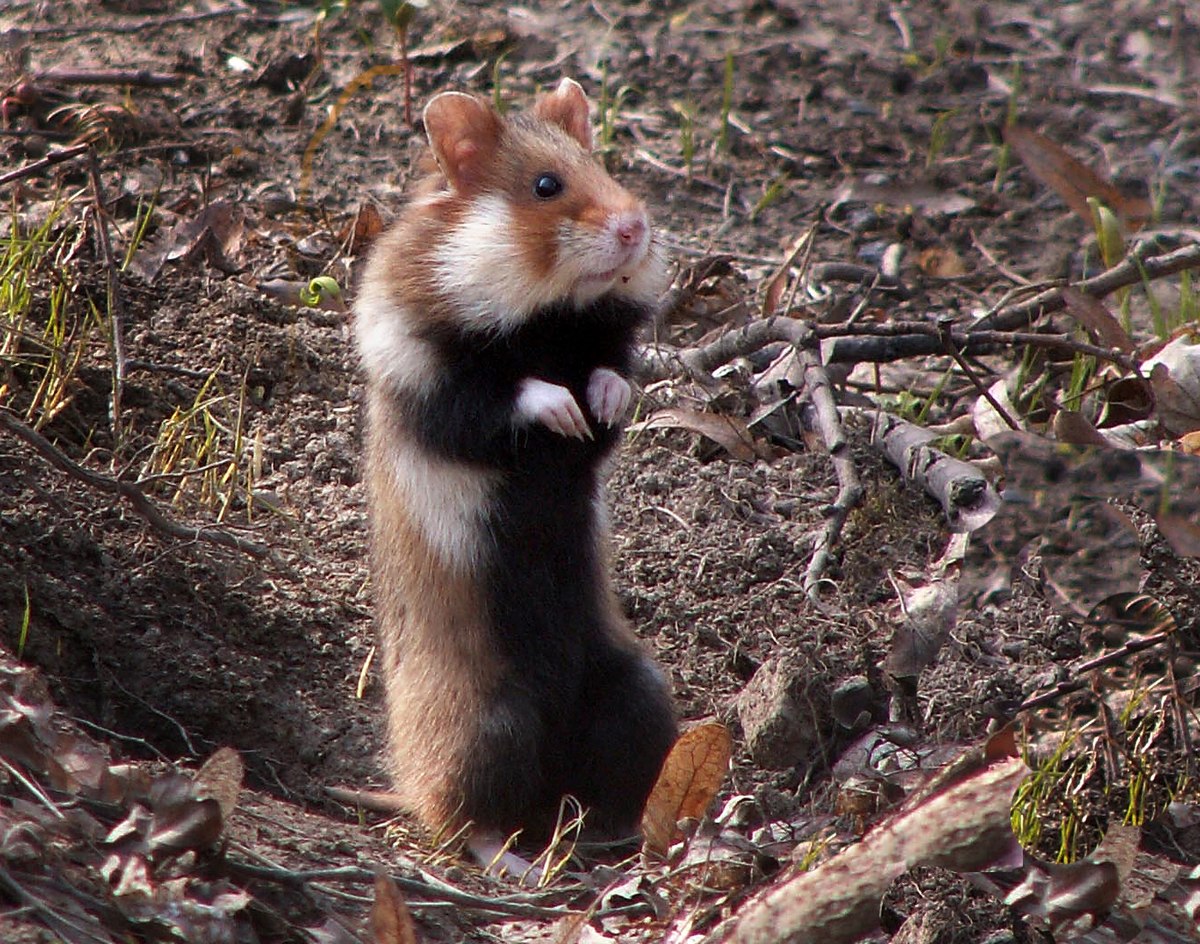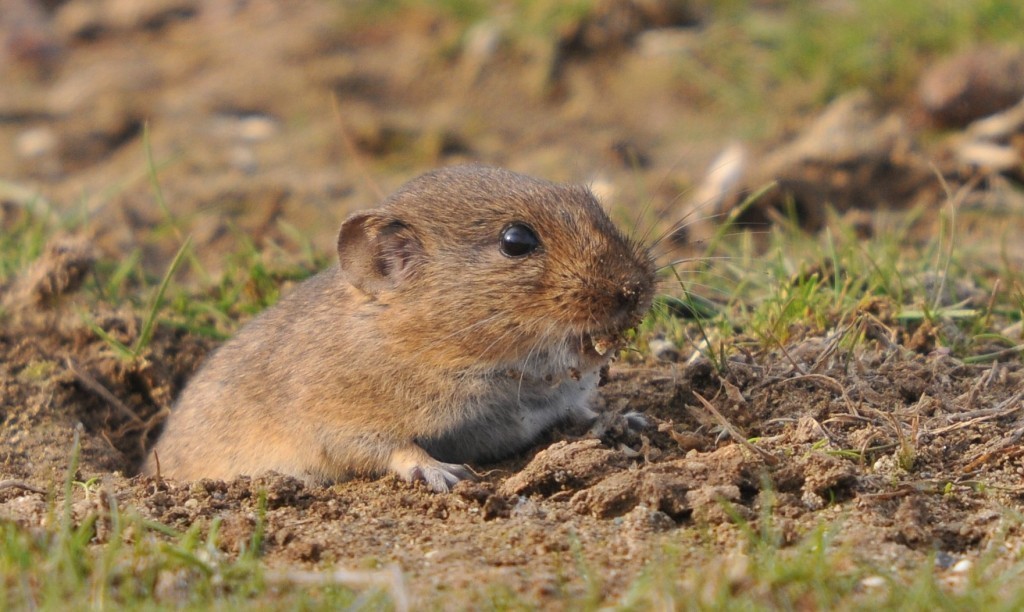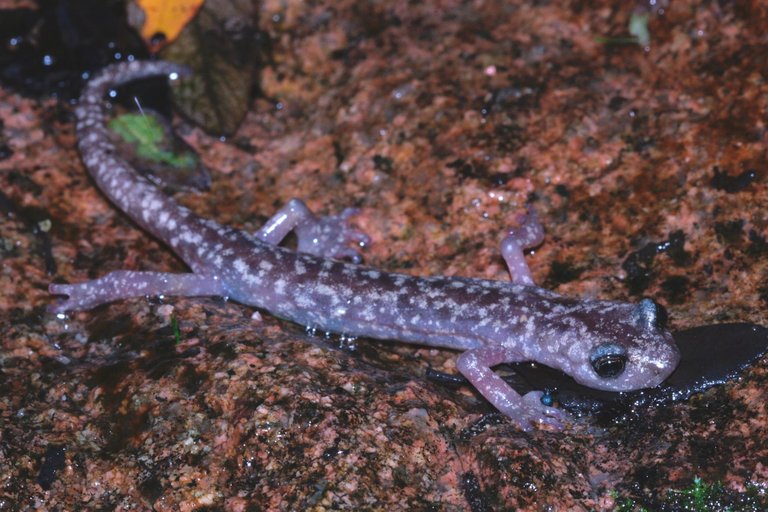
Species Overview:
Common Name: Wild Hamster
Scientific Name: Cricetus cricetus
Region: Europe
Physical Description: A small, burrowing rodent with a stocky build and cheek pouches for storing food.
Wild Hamster
Scientific Name: Cricetus cricetus
Behavior and Ecology: Nocturnal and solitary, they store large amounts of food in their burrows for winter.
Conservation Status: Critically Endangered in some parts of Europe due to habitat loss and agriculture.
Interesting Facts: Wild hamsters are much larger and more aggressive than their domesticated counterparts.

Species Overview:
Common Name: Bavarian Pine Vole
Scientific Name: Microtus bavaricus
Region: Europe
Physical Description: A small rodent with a cylindrical body, known only from a few locations in the Alps.
Bavarian Pine Vole
Scientific Name: Microtus bavaricus
Behavior and Ecology: Inhabit alpine meadows and forests, feeding on grasses and herbs.
Conservation Status: Critically Endangered. Its small population is highly vulnerable to environmental changes.
Interesting Facts: It was once thought to be extinct until rediscovered in 2000.

Species Overview:
Common Name: Sette Fratelli Cave Salamander
Scientific Name: Speleomantes sarrabusensis
Region: Europe
Physical Description: A small, cave-dwelling salamander found in Sardinia, with a slim body and long limbs.
Sette Fratelli Cave Salamander
Scientific Name: Speleomantes sarrabusensis
Behavior and Ecology: Found only in the caves and forests of Sardinia, these salamanders feed on insects and other small invertebrates.
Conservation Status: Vulnerable. Their restricted range makes them susceptible to habitat disturbances.
Interesting Facts: They are one of the few European amphibians adapted to a cave-dwelling lifestyle.

